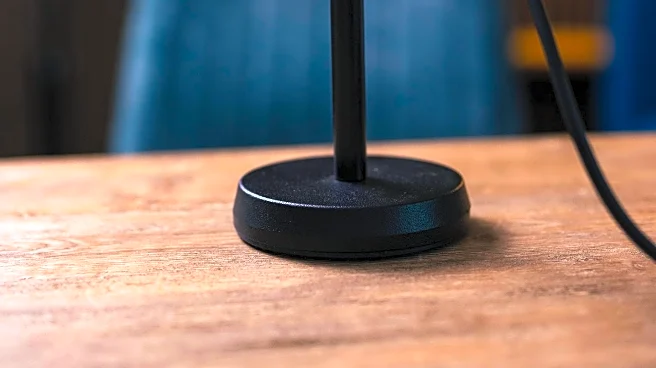What's Happening?
The law school tuition bubble in the U.S. is showing signs of easing as demand for legal education declines. Tuition increases, which once soared by 40% over 10-year spans, have slowed to a mere 4% since 2015. The total cost of attendance at top law schools has capped at around $325,000, preventing it from reaching the half-million mark. This shift is attributed to a decrease in demand, as prospective students seek alternative career paths that do not involve significant debt. The decline in demand has led to a reduction in net tuition and a decrease in per capita real tuition over the past 13 years.
Why It's Important?
The easing of the law school tuition bubble is significant for the legal education sector and prospective students. It reflects a shift in the perception of legal education as students weigh the cost against potential career benefits. The decline in demand may lead to more affordable tuition rates, making legal education accessible to a broader range of students. This change also impacts law schools, which may need to adjust their pricing strategies and offerings to attract students. The development highlights the importance of aligning educational costs with market realities and career prospects.
What's Next?
As demand for legal education continues to decline, law schools may face closures or mergers. Some institutions may introduce 'JD-lite' programs, offering bar prep courses at reduced costs. The impact of AI on the legal profession may further influence demand, as law firms potentially require fewer associates. Law schools will need to adapt to these changes by reevaluating their tuition models and exploring new ways to attract students. The focus may shift towards providing practical, career-oriented education that aligns with market needs.











